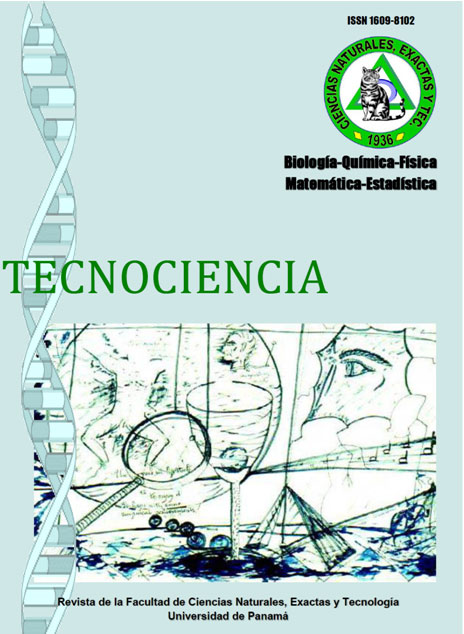

The common polychaete, Americonuphis reesei is used to stimulate the reproductive process of broodstocks lines in shrimp farms. In accordance, the Aquatic Resources Authority of Panama (ARAP) regulates concessions for the harvest at different locations of the Panamanian Pacific, including the Gulf of Montijo. This motivated the present study to characterize the status of this fishery resource under the work frame of the management plan for the resources of the Montijo Gulf wetland assemblage. Sampling campaigns were completed between March and October 2013 at the harvest sites to obtain samples and analyze size, weight, density and the catch unit effort (kg/tide?fisherman). Data on the total catch by locality was also obtained from the ARAP registry alongside records from the local concessionary fishing company. The results indicate that the density of polychaetes is low, averaging 0.38 ind/m2 (SD = 0.39, n = 42). Total length averaged 72.86 cm (SD = 20.33, N = 30), while the total weight 32.21 g (SD = 13.75, N = 30). The extraction biomass has shown variation over time with the maximum during 2013 at 10588.00 kg, highly above the mean annual value between 2008 and 2013 at 5411 kg. The Catch per unit effort remained between 4 to 5 kg /tide?fisherman in 2013 as well as for the period 2008 to 2011.